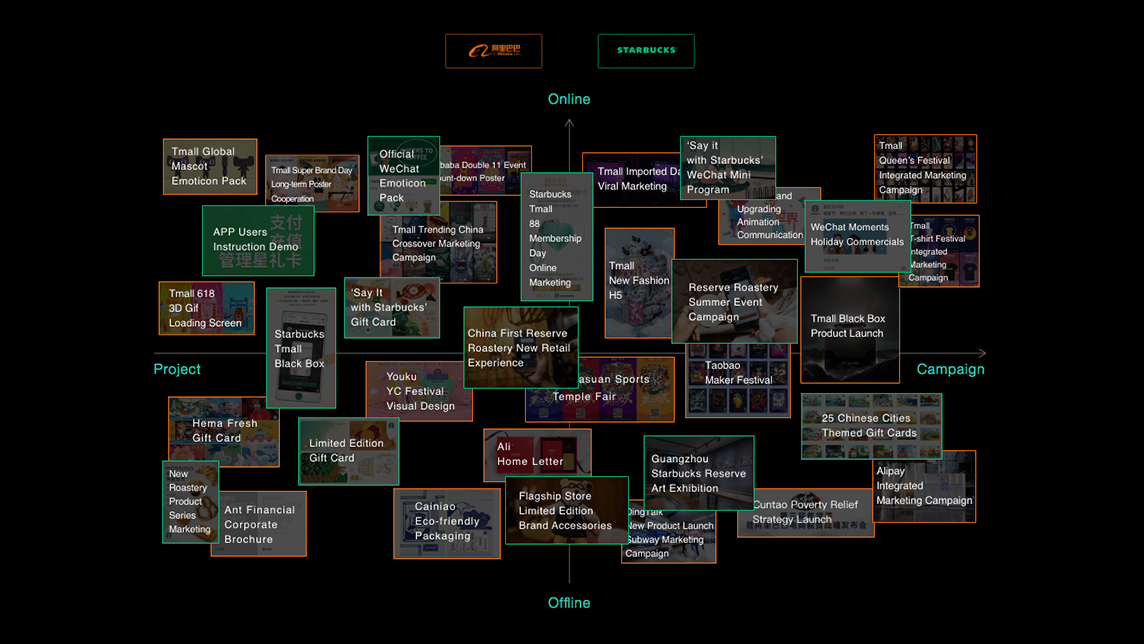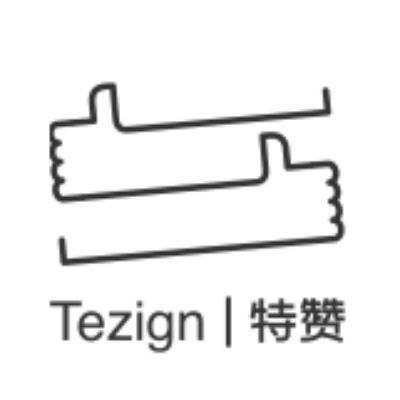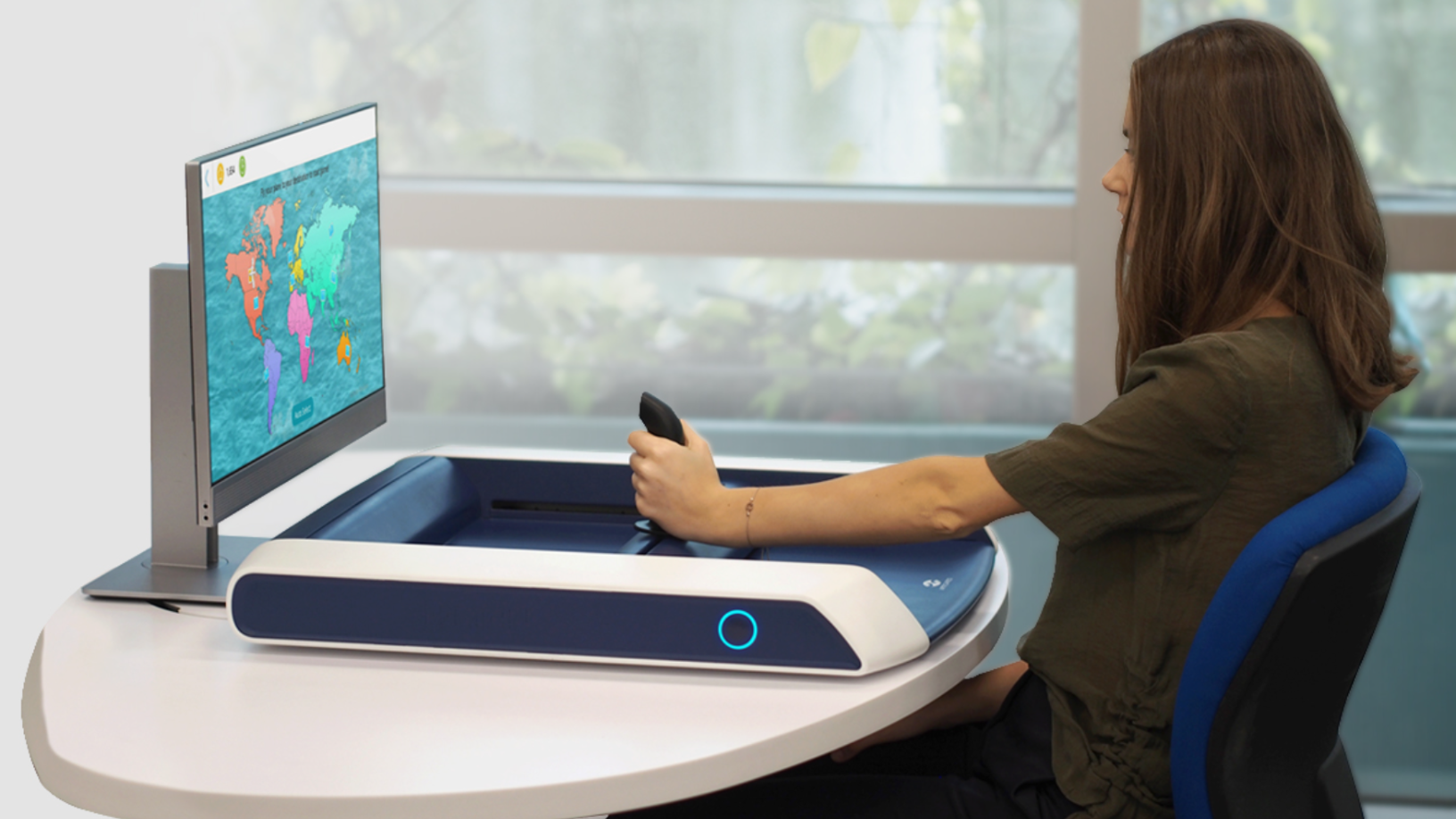In 2013, Tezign founder Fan Ling, a trained designer and former assistant professor of Architecture at UC Berkeley, built an online community called Design Matters.
Made up of hundreds of thousands of members, the community organized some offline events on design and technology in Silicon Valley. The size and influence of Design Matters attracted the interest not only of professionals from the two fields but also of venture capital firms.
After receiving seed funding from Linear Venture, Cherubic Capital and China Growth Capital, Fan decided to turn the online community into a business – a platform to connect supply and demand in the design industry.
The Uber of design
The original concept behind Tezign was simple and clear: to build an Uber-like platform for the design field to bridge creative “drivers” and enterprise client “passengers.”
The model has worked well. Both creative professionals and taxi drivers rely largely on themselves and work on commission. Just as people only flag down taxi drivers when they need a ride, many companies prefer to hire creative talents on a project-to-project basis.
However, designers with expertise and experience believe they perform better without distractions, like haggling with clients over project fees. To satisfy their needs, Tezign steps in to create the perfect environment for designers to excel.
“We find too many designers are exhausted by project search, communicating with clients and project management,” said Fan. “I want to help address some of these problems through an Internet-backed tool that enables them to focus."
Feedback from designers has been good. “The Tezign model makes a huge difference and really works! It introduced me to a client and helped me deal with those nerve-wracking contract issues,” said graphic designer Will Kong in a thank you note.
The platform has helped Kong land nearly 30 design projects, a number of which earned him hundreds of thousands of RMB, in the one and a half years since he first registered on Tezign.
Tezign has also proven to be a useful tool for enterprise clients. They can post design job advertisements on the platform, which in turn recommends the most suitable designers by matching project requirements with the designer’s availability and skill set. For 99% of projects posted on the platform, the matching process is finished within 24 hours.
To ensure designers are skilled enough to serve the startup’s enterprise clients, the platform has a stringent talent screening system. Only 19% of applicants are selected as registered creative professionals.
While working with enterprise clients, Tezign designers are required to provide updates on their work on a regular basis. Companies can keep track of their project’s progress by logging onto Tezign’s mobile app at any time.
Bringing in new technologies
The Tezign team is now considering what it can do to utilize the resources it has harnessed more efficiently. Getting talents on cloud is one of the startup’s goals.
Tezign is generating designer profiles based on personal details, describing their designs and capabilities with data and determining interests and preferences by analyzing creative professionals’ behavior. All of this information is uploaded onto Tezign’s talent cloud, which can then be accessed by clients whenever they want to hire professionals for design projects.
To carry out technological research on how emerging technologies like AI and big data can help the design industry, Tezign helped start the Design and Artificial Intelligence Lab at Tongji University in 2016.
The Lab has published two Design & AI Reports so far. In its 2017 Report, Fan explained the impact AI could have on the design industry: “When machines take on the repetitive work like collecting materials and processing information, which accounts for nearly 30% of a designer’s workload, designers are more likely to fully unleash their creativity. These intelligent machines can be even trained to do some creative work.”
The founders of Tezign believe that human intelligence and AI complement each other. Tezign has come up with the concept of the brain/machine ratio – the ratio of human input to AI input – to specify and quantify the parts of design that can be performed by machines, with the goal of making AI work for designers.
During the first round of tech-design collision, Tezign made it easier for designers and companies to find each other. The startup is now gradually shifting its focus from designers to businesses. With all the data of its registered creative professionals on cloud, Tezign is poised to satisfy the heavier demands of mid- to large-sized companies that require diversified design and creative marketing resources.
For example, the startup built Unilever a stand-alone management platform, which helps the international firm manage, access and appraise the creative service suppliers on Tezign’s talent cloud and oversee the progress of the designers with which it works.
“We won’t be confined to only one field. Design is just a starting point for us,” said Fan.















